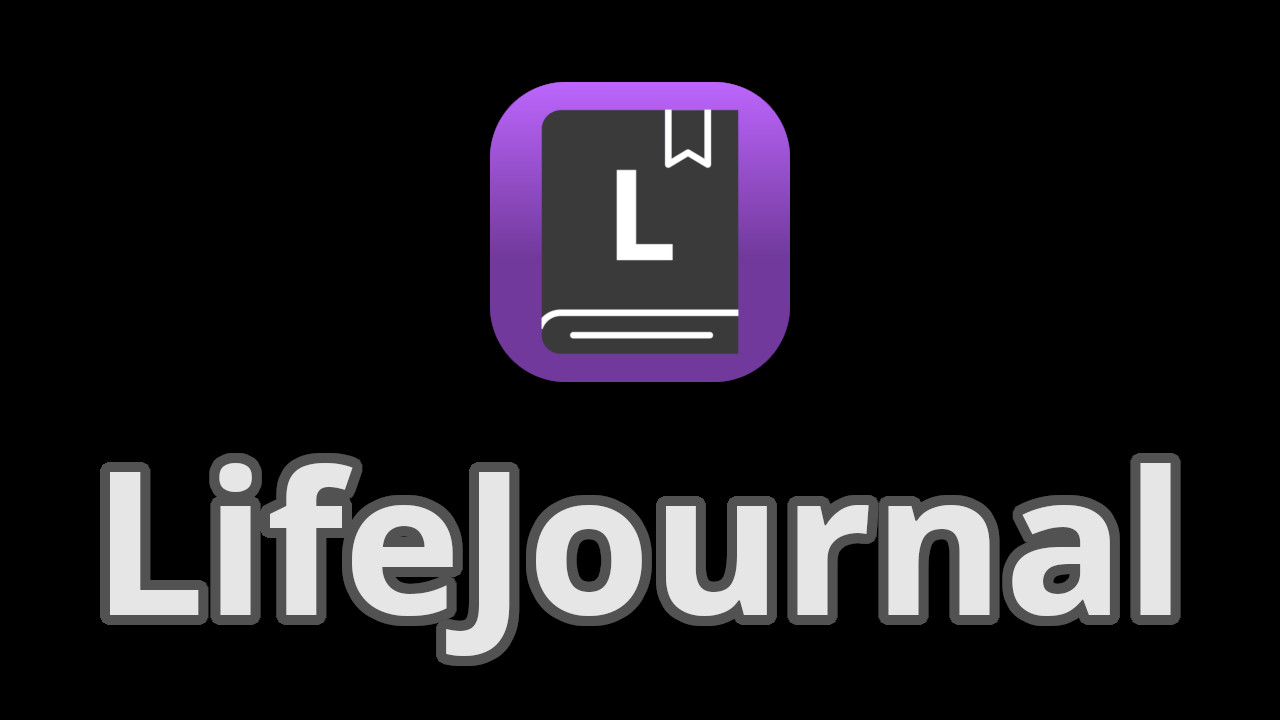Multiplicity of references types
Summary : reference types in LifeJournal allow you to have several “drawers” for the same object. For example, here are two notes:
Note A: "This is a note example, with a reference to [[nutrition]]".
Note B: "This is another note example, with a reference to #nutrition."
Because of the references to the "nutrition" object, these two notes will be stored in the "nutrition" file.
But, within this file, they will be stored in two separate "drawers", and not mixed together, because although they reference the same object, they do not reference it in the same way.
Each reference type (which corresponds to a “drawer”) is associated with a color and a prefix.
The prefix is used to initiate (with the keyboard) the referencing of an object with the associated reference type.
Reference types are fully customizable.
Get a better understanding of their purpose
In many note management software it is possible to have a personal list of referenceable objects. Each object referring to a concept, an idea, etc.
And then within the text content of the notes, it is possible to reference these objects with links. A bit like Wikipedia pages.
And the pages can link to other pages, etc.
That's great.
But the problem is that in most software, there is only one way to reference these personal pages.
No matter the content and the reason of what you want to reference, it will be referenced in the same way. Which means that in a way, there will only be one “drawer” for each object.
And that's a big limit.
Because for example sometimes we want to reference something important relating to an object, and sometimes we want to reference something that is not important relating to the same object. And we want these pieces of information to be stored in separate “drawers”.
And if there is only one way to reference the object, well the important and non-important references to this object will be mixed together.
And so structurally the system of notes will tend towards mess and chaos.
Whereas we want a system of notes which structurally tends towards order.
And for that it is, in my opinion, very important to be able to distinguish what I call strong references from weak references. (At the minimum. But actually you need even more.)
Weak references are the equivalent of tags or mentions. This is when you want to create a link to something so that you can come across it via this mention or this tag. This is very common in social networks, exchange and communication platforms.
These are a bit like email addresses, but towards objects/concepts, creating decentralized mailboxes which receive all the posts which address these objects/concepts. In the sense that each mention and each tag allows access to a list of corresponding messages and posts.
The main role of these references is to basically offer a bridge.
While what I call strong references, their main role is to provide relevant content to what is referenced.
Typically in your notes you can reference a person, and have notes that directly relate to that person, their story, etc. So there you need strong references.
But you can also have notes that mention this person, for example if they were cited in an article, if they are present in a video, etc. And there you need weak references.
It's not at all the same thing.
And you want your system to allow you to quickly find the content of strong references, without having to sort through the pile of weak references.
Because if you have to sort your notes in order to find specific notes, well subconsciously it will encourage you to enter a lot fewer references to avoid having to do this sorting.
So ideally, you don't want the strong references and the weak references to be mixed together, because it becomes a mess very quickly, and the references are no longer usable because there is too much sorting to do to find specific notes.
While as I will explain to you in a later video, what matters is not storing information, but being able to access it efficiently. Indexing.
Once again, notes software without multiple reference types is software where it's a mess by default, you have to sort behind it, there's friction.
While software with multiple reference types is software where by default there is a minimum of sorting and ordering.
Because as soon as you enter a reference, the type of this reference means that there is a classification, an organization, which makes things tidy by default.
So yes in some software there are tags to make weak references, but it is very poorly designed and poorly integrated. It is a system completely separate from other references, which means that you have to duplicate the referenced objects and manage two different systems.
It's really not ideal, and what's more, anyway it only offers two types of references.
While with LifeJournal you can go well beyond two types of references and create a whole system of reference types adjusted to your personal needs.
And starting from the principle that each reference type is associated with a specific role/function, this makes it possible to create very useful functions. For example, creating reference types to organize your tasks...
What makes this system particularly suitable for task management is that the type of each reference is dynamic: it is possible to easily change a reference from one type to another. Which will actually move it from one list/classification to another.
